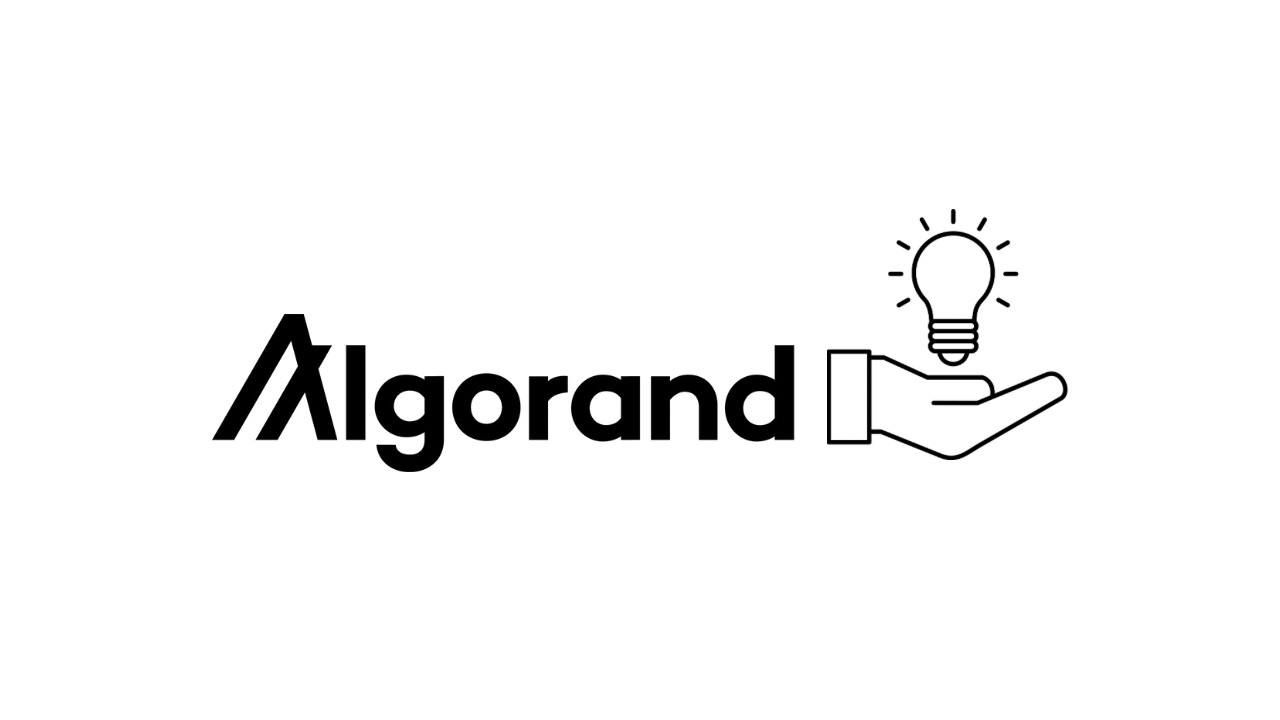Algorand has a solution to solve the Liquidity problem
Disclaimer: The text below is an advertorial article that is not part of Cryptonews.com editorial content.

The bear market is not a horror story from OG crypto-chads anymore but a fierce reality. TVL shrank by more than 70% just in a matter of weeks, and fear is all around the industry, especially after the almost unreal collapse of FTX led by crypto ex-superhero SBF.
It’s not a secret that the bear market is, on the one hand, the most difficult period for devs and teams who are seeking investors. But on the other hand, it’s a beautiful time for investors who can finally take a little break after an exhausting bullrun. They have time to soberly evaluate projects that still exist or those that try to pull off in these hard times and to define new favorites and narratives for the next bullrun.
Algorand… the Place to Look?
Not only one of the most technically advanced blockchains, but thanks to the mind of Silvio Micali, founder and one of the best cryptographers in history, Algorand is also one of the best performers during this bear market. Sure, $ALGO still lost value and didn’t reach all time high, but Algorand’s TVL did, and multiple times during these past months.
Indeed, if you take time to compare the top 20 Layer 1 TVL charts on DefiLlama, you’ll notice that Algorand is definitely building and attractive right now.
Algorand’s tech is a great factor for this growth, along with its FIFA World Cup partnership. But most of all, it’s the great quality of builders and innovative projects flourishing on this blockchain that makes Algorand potential more and more appealing for investors.
It is clear that supporting developers is one of the key priorities of the Algorand foundation. For example, there is $10 million allocated for Developer Tooling SupaGrants.
One of the grant recipients, Reach, created a uniquely accessible smart-contract language that thousands of builders have already learned.
Moreover, developers are incentivized to build on Algorand with ecosystem grants.
The recent events have caused many to realize the risks of CEXes. In the past, crypto traders were forced to use them because there was no alternative. On-chain trading was too expensive and not fast enough, for example, for order books. But technology doesn’t stand still.
One of the big moves is Serum on Solana, which brings the speed and convenience of centralized exchanges to DeFi while remaining fully trustless and transparent. Algorand has also decentralized order books, and 100% uptime. Algorand is super fast and secure enough to provide traders with a great alternative to centralized exchanges.
The last problem that prevents DeFi from leading the financial market is liquidity.
Liquidity attraction is a fundamental problem that existed long before crypto. Its importance will only grow in DeFi, especially after onboarding more real-world assets. A traditional way to acquire liquidity in DeFi is Liquidity Mining. Unfortunately, it is very capital inefficient, and it was even proclaimed to be dead.
It is easy to provide liquidity, but it’s often not profitable. A study shows that half of the liquidity providers underperform a basic buy-and-hold strategy. Therefore, it’s impractical to rely solely on trading fees as incentives for “normal” liquidity providers; it’s important to provide more reward or less risk.
To bring DeFi to a new level of stability we have to find a new way to attract liquidity and users.

Liquidity Lending
One of the most promising concepts soon to be launched on Algorand comes from the Cometa protocol. Cometa allows projects to attract low-cost and sustainable liquidity and gives liquidity providers double trading fees and impermanent loss protection.
Cometa can also be represented as single-sided liquidity lending, where projects borrow stablecoins or native tokens for liquidity and use projects tokens as collateral. In contrast to traditional lending, collateral doesn’t sit idle but is provided as liquidity to AMM. It allows to maximize capital efficiency.
Traditional liquidity provision exposes LP to two assets. At the same time, Liquidity providers profit from trading fees and suffer from impermanent loss. The mix of those four factors makes liquidity provision quite unpredictable. Therefore, projects have to incentivize pools with a lot of tokens in liquidity mining to compensate for this risk.
Cometa makes it much simpler: projects seeking liquidity provide their tokens from one side, and users provide the other. All trading fees are distributed to users while the project covers the impermanent loss.
Is It Even Possible to Avoid Impermanent Loss?
There are a few protocols featuring IL protection. Probably the most prominent one is Bancor. Unfortunately, most of them have a serious weakness: if everything else fails, they resort to token printing to cover IL.
This strategy doesn’t stand the test of time too well. After the market downturn following the collapse of Terra, Bancor disabled IL protection at a critical moment, leaving liquidity providers very disappointed.
A new wave of protocols does not try to handle this impossible head-on: instead of pretending to be always able to cover it entirely, they redistribute it in certain ways.
In the case of Cometa, the impermanent loss is paid by the project seeking liquidity. The project accepts some IL risk, but in exchange, it receives cheap and sustainable liquidity without the need to give away tokens in liquidity mining programs.
Cometa team believes that liquidity lending will become a core DeFi primitive.
They work on improving the protocol’s flexibility and capital efficiency to accommodate market participants with different needs and risks.
Solving the problem of liquidity is one of the puzzle pieces which will eventually make DeFi truly mainstream.



